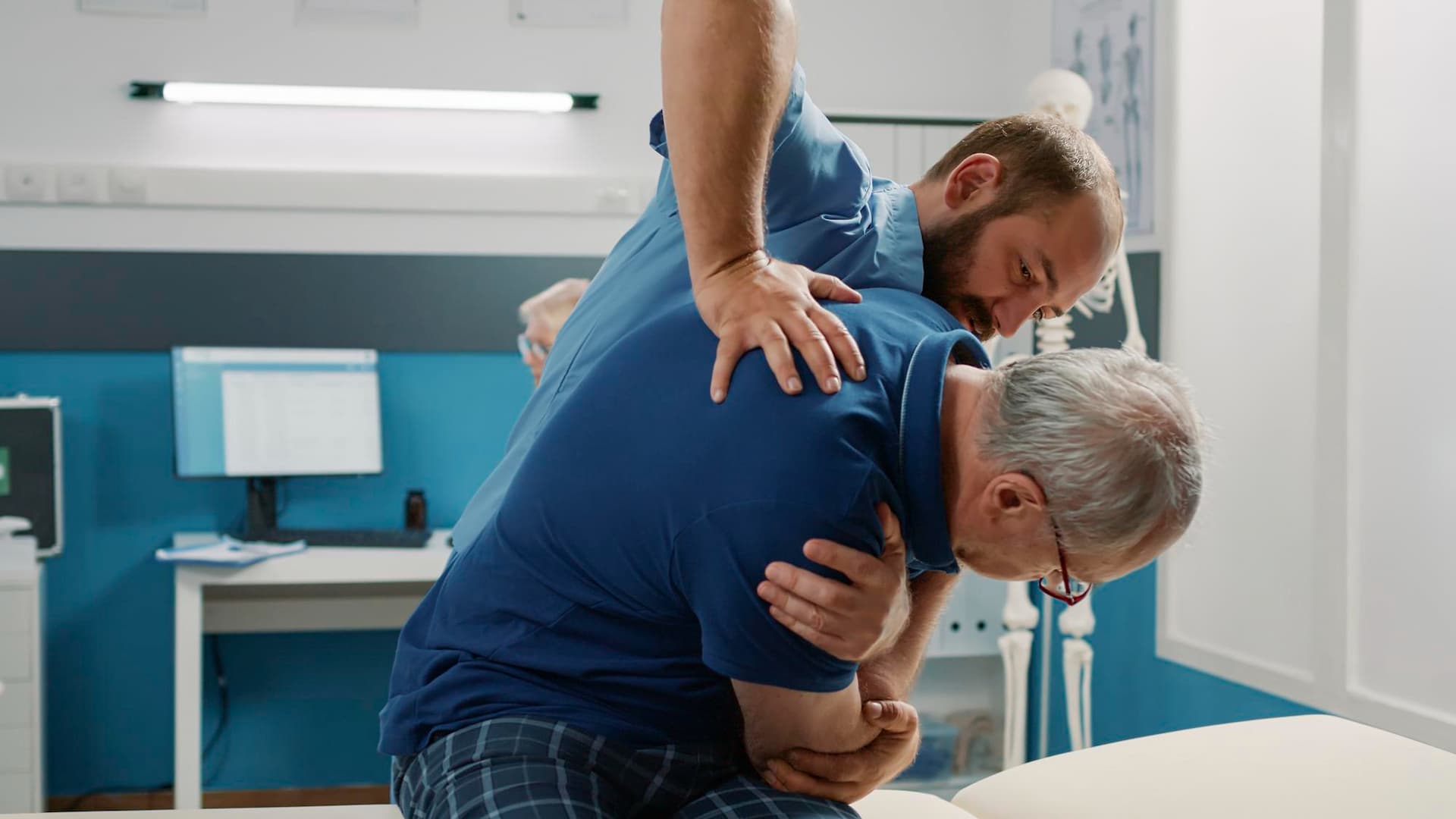BACK ISSUES AND PREVENTION
Back injuries are some of the most prevalent and hardest-to-prevent injuries on the job. According to the Australian Bureau of Statistics about 4 million Australians (16% of total population) suffer back injuries each year, and back injuries account for one of every four workplace injuries or illnesses. These types of injuries account for a large majority of worker’s compensation claims every year.
Back injuries often occur when:
- An individual is lifting up an object
- Using improper lifting techniques such as lifting with the back and not the legs
- Lifting an object that is too heavy for the individual
- Twisting while lifting or carrying objects
- Repetitive lifting during a work task
Ways to Prevent Back Injuries
Eliminate– The best way to protect individuals against back injuries is to eliminate as many lifts as possible during the workday. Using equipment such as forklifts etc. is the best way to achieve eliminating handling. Break down large or heavy objects that pose a hazard.
Engineering Controls– Set up work areas that are ergonomically friendly to all employees. Install mechanical lifting devices where feasible to limit handling objects. Install proper shelving and set up storage areas that keep objects and lifts within an optimal range.
Administrative Controls– Use the buddy system when lifting any awkward or heavy objects. Agree on weight limits for lifting. For example, having a policy to not lift anything over 45 kg as a team without first involving a supervisor to see if there is a safer way to complete the lift is an administrative control. Also, always select employees who are physically capable of making the lifts of a task before the work begins.
Personal protective equipment such as back supports, or back belts have not shown to be overly effective in preventing back injuries. These devices often create a false sense of security when completing lifts. Individuals should focus on stretching and using proper lifting techniques over using a back belt to keep them safe.
Discussion points:
- Are there hazardous lifts we can eliminate in our daily operations?
- Are we using engineering controls when we cannot eliminate a lift or are we just completing the lifts without looking at a safer way to do them?
Are there hazardous lifts we can eliminate in our daily operations?
Are we using engineering controls when we cannot eliminate a lift or are we just completing the lifts without looking at a safer way to do them?
Want a FREE COPY of this Toolbox Talk for your company?
Download an editable doc version by entering your details below.

